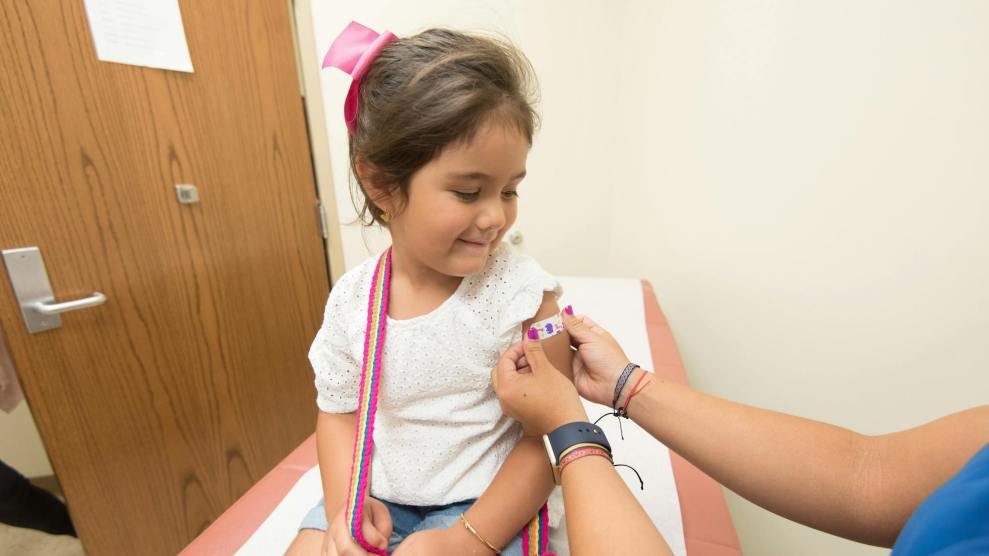Earlier today, having nothing better to write about, I wondered how many people believe that it’s warmer in summer because the earth is closer to the sun. In a highly unusual display of how the blogosphere is often alleged to work but usually doesn’t, Michael O’Hare provides an answer. Or close to an answer anyway: Back in 1987, a documentary filmmaker asked 23 graduating Harvard seniors why summers are so hot, and 21 of them thought it was because the earth was closer to the sun than during winter.
The cynical among you might figure that if 9% of Harvard seniors get this right, maybe the general population would clock in at something more like 20%. But probably not. Most likely, it means that 5% or less of the broad public has any idea why we have seasons.
Interestingly, Mike then brings up an analogous scientific question that I was going to mention because I got it wrong for a very long time myself. Namely, how does an airplane wing work? I had long been under the impression that it had something to do with air traveling faster over the top surface, thus producing a vacuum and generating lift. But just like the orbit of the earth, which is quite obviously not a good explanation for the seasons since it’s summer in Australia at the same time it’s winter in London, this is quite obviously a lousy explanation for lift since planes can fly upside down.
I felt less bad about this, though, when I realized I was wrong and went looking for the correct explanation. It turns out it’s fearsomely complicated. As Mike says:
Unfortunately, a real model of lift involves some very hairy differential equations. If you calculate the pressure difference between the top and bottom of a conventional wing from Bernoulli’s equation, and the implied velocity difference, you do not get the lift on a unit length of wing; you get a meaningless number. The simple model allows something that looks a lot like science (it has an actual quadratic equation!), but this teaching convenience requires students to build a wall between what they know to be true from real observation and what’s expected on the exam.
If you’re curious, go here for the common but incorrect (or at least woefully insufficient) explanation of how a wing works. Then go here for a long, but nonmathematical, version of the correct explanation. Oddly enough, both come from the same site. Alternatively, you can watch the video above, which has almost comically exciting Michael Bay-esque production values but is sadly no more accurate than your typical Transformers flick.
Another example of an incorrect but common scientific model is the Bohr atom, in which electrons are treated like planets in orbit around a nucleus. Unfortunately, as wrong as it is, it has some genuine pedagogical usefulness, and I find myself occasionally resorting to it because I know that trying to explain what electron orbitals really look like is just a hopeless task in a casual conversation. I once had a chemistry textbook that showed the shapes of the first dozen or so orbitals on its inside cover, and I wish I still had it. Those pictures are handy, and I’ve never found them in a convenient place anywhere else.
But does any of this matter? Mike thinks it does:
Very few people have occasion to intervene in aeronautic design or planetary motion [or quantum mechanics –ed.], but there’s a lot more science, like heat transfer in and out of your house, that can hurt you if you don’t really get it, and still more, like climate science, that will hurt all of us if we go on voting in profound ignorance. Teaching science like religion is a practice embedded both in the curriculum and the pedagogy, not to mention how easy it is to test without, like, having to find out whether any actual learning has occurred.
I wish I agreed with this. And of course, I do agree with it. Sort of. But the plain fact is that most of us know virtually nothing, and we’ve been voting in profound ignorance for a very long time. What’s more, I’m aware of very little evidence that a better educated electorate produces better overall governance. But I sure would love to see some. It might restore some of my faith in democracy.
Next up: why do cats always land on their feet?

















